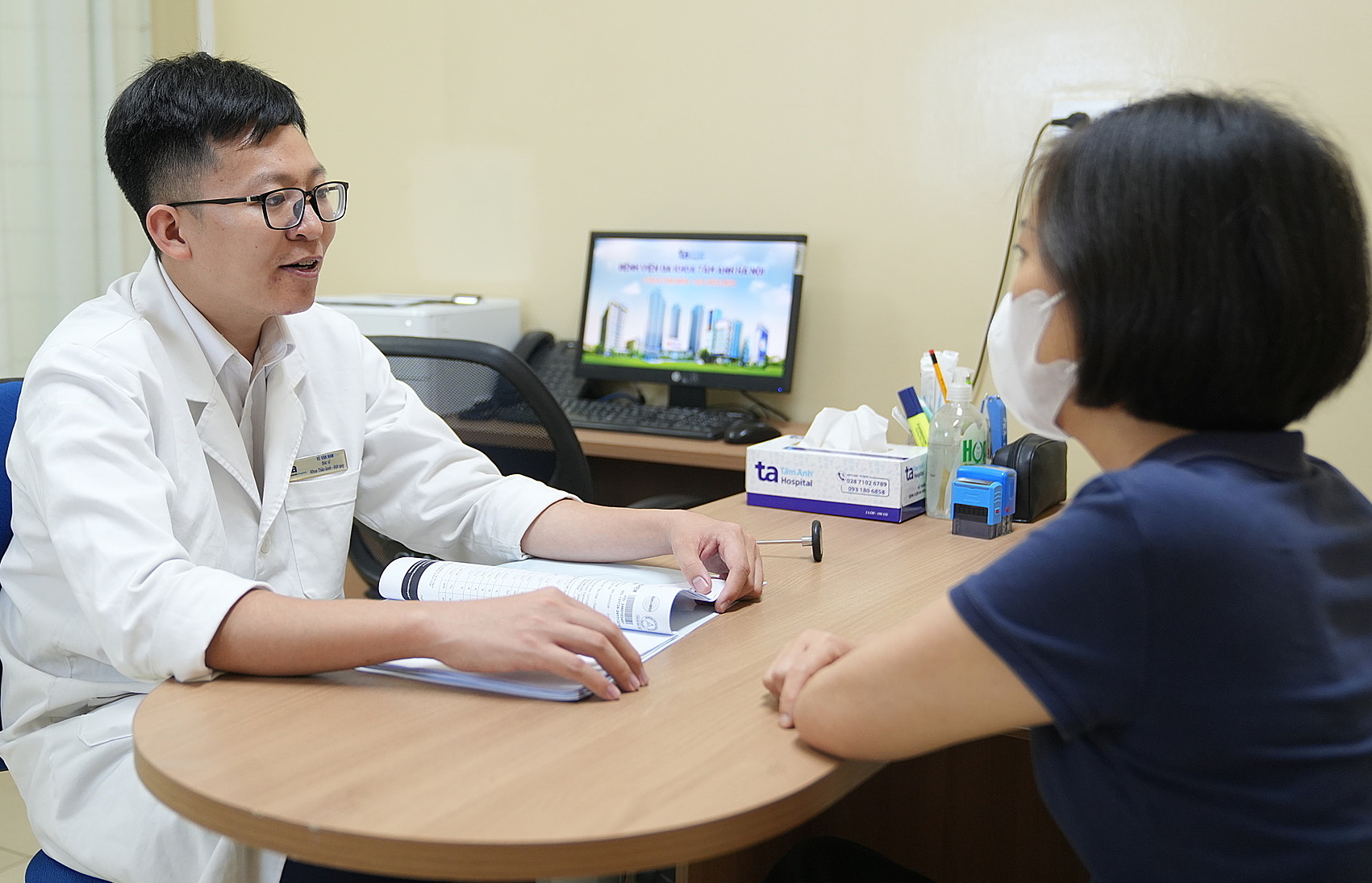Reply:
Shingles is a viral infection caused by the varicella-zoster virus, the same virus that causes chickenpox. After a person recovers from chickenpox, the virus remains dormant in the nerve ganglia and can reactivate later in life, causing shingles.
The illness typically begins with pain, burning, itching, numbness, or increased sensitivity in a specific area of skin. A few days later, a cluster of blisters appears, distributed along the path of a nerve, usually on one side of the body. The rash typically lasts for 2-4 weeks.
Postherpetic neuralgia is a common complication of shingles. The pain, which can be aching, burning, or stabbing, occurs after the blisters have healed. In some cases, the pain can persist for months or even years, causing sleep disturbances, stress, and reduced ability to work. Patients may become dependent on pain medication or nerve support drugs, leading to high treatment costs and significantly impacting their quality of life.
Skin infections are another concerning complication. When the blisters break, bacteria can easily enter, causing swelling, pus, and spread to healthy skin. Severe damage can lead to scarring or deep ulcers. Patients with diabetes, cancer, the elderly, and those taking immunosuppressants are more susceptible to severe complications.
Shingles on the face, especially around the eyes, can cause ophthalmological complications. The virus can attack the ophthalmic branch of the trigeminal nerve, leading to keratitis, conjunctivitis, decreased vision, or even blindness. Other complications include facial paralysis (Bell's palsy), hearing loss, balance disorders, meningitis, and encephalitis.
The elderly, pregnant women, young children, and individuals with weakened immune systems often experience more severe cases of shingles. A weakened immune system allows the virus to reactivate more aggressively, spread more widely, and become harder to control.
 |
A doctor advises a patient on how to prevent shingles. Illustration: Tam Anh General Hospital. |
Shingles should be treated as soon as possible, ideally within 72 hours of the first blisters appearing. You should seek medical treatment promptly. If treatment begins at the right time, antiviral medication can effectively suppress viral replication, shortening the duration of the illness, reducing skin damage, and limiting complications. In addition to antiviral medication, doctors often prescribe nerve pain medication to control symptoms, topical antiseptic medications to prevent secondary infections, and provide guidance on proper skin care to support the healing process.
Patients should not self-treat with herbal remedies or apply unknown substances to the affected area. Improper intervention can cause severe infection and scarring. Keep the affected skin clean and avoid scratching or breaking the blisters. Rest, eat a nutritious diet, and boost your immune system to promote faster recovery. Vaccination can help reduce the risk of shingles, as well as lessen the severity and complications if you do contract the illness. People over 50 and those with weakened immune systems should consult their doctor about appropriate vaccination schedules to help prevent the disease.
MSc. Dr. Hoang Ngoc Dung
Department of Neurology and Stroke
Tam Anh General Hospital, Hanoi
| Readers can submit questions about neurological diseases here for doctors to answer. |












